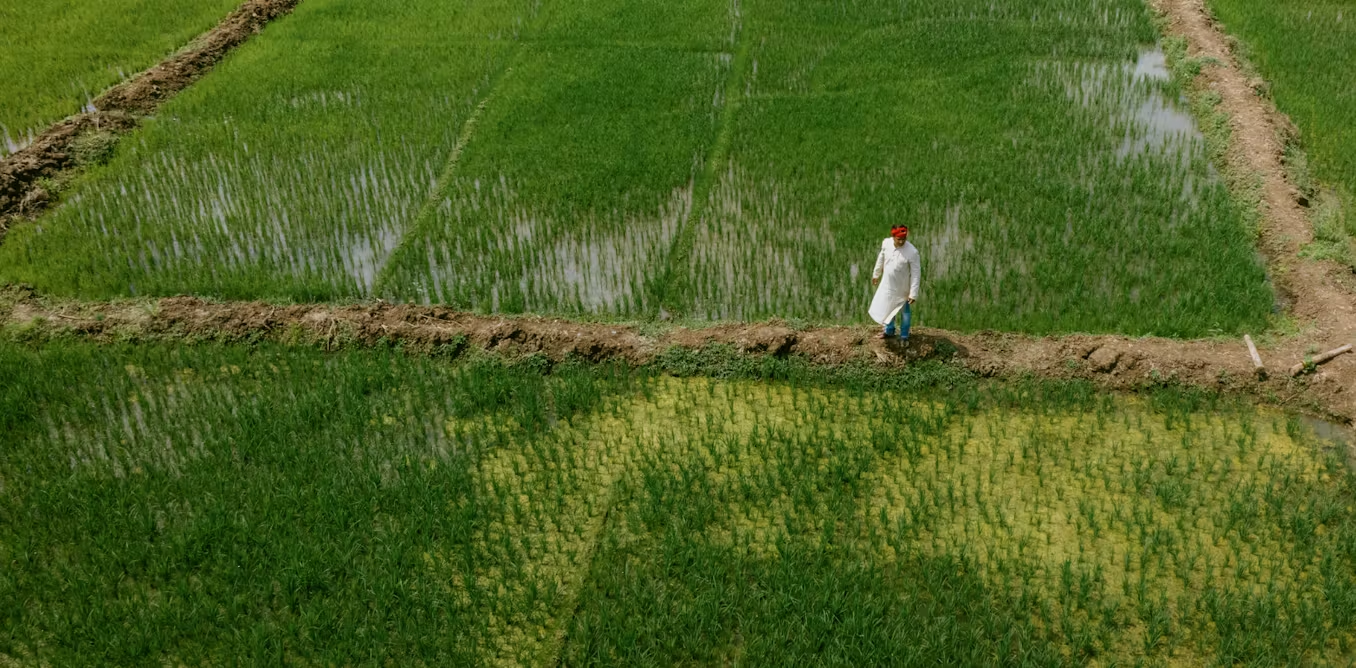Small-scale farmers in Malawi, Kenya and beyond are turning to artificial intelligence to adapt their practices in response to climate change. After Cyclone Freddy struck southern Malawi in 2023, farmers lost crops, fertile soil and hope. Among them, Alex Maere from Mulanje now uses a WhatsApp-based AI chatbot called Ulangizi to get farming advice in Chichewa and English. The app recommended he grow potatoes alongside corn and cassava to balance soil loss from the cyclone. He did, and sold the potatoes for over 800 dollars, enough to pay for his children’s school fees. The Malawi government supports the project and sees it as part of a wider strategy to help farmers adapt.
In Kenya, tools like Virtual Agronomist and PlantVillage provide AI-powered advice about fertilization, pest control and harvesting. Sammy Selim, a coffee farmer, received recommendations that nearly tripled his yield after applying customized fertiliser schedules. Other farmers use smartphone apps to send photos of plant disease symptoms and get quick diagnostic feedback, a huge help when extension services remain thin.
Other AI solutions go beyond advice. IoT devices and mini weather stations in Busia County in Kenya collect real time soil moisture, temperature and rainfall data. Farmers receive forecasts about planting windows, pest risk, and irrigation timing. These systems help them avoid crop loss during droughts or unseasonal rainfall.
Also, AI tools such as Darli by Farmerline Group support regenerative farming practices in regions including Africa, Asia, and South America. Darli supports many languages, helps farmers understand crop rotations, fertility, and disease identification. About 110,000 farmers already use Darli via WhatsApp and other low-bandwidth channels.
Challenges and Cautions
While the impact proves promising, several challenges remain. Many farmers lack reliable internet or smartphones, which limits direct access. In Malawi, for example, farmer support agents bring the app to farmers who do not have devices themselves.
Accuracy also matters. If AI gives wrong advice, such as misidentifying a disease or suggesting unsuitable crops, a farmer whose livelihood depends on each plant may suffer serious losses. Trust erodes quickly when errors occur.
Scalability presents another hurdle. Translating pilot success into widespread impact requires investment in infrastructure, literacy or local language support, and careful alignment with local indigenous farming knowledge. Courting local collaboration has helped mitigate this in places where it works well.
Conclusion
As climates shift, traditional knowledge remains vital, yet alone it sometimes fails to address new extremes. AI helps bridge gaps by giving farmers tools to anticipate risks and act sooner. When farmers can pick resilient seeds, adjust planting times, or detect pests early, they can better protect harvests, incomes and food security.
For small farms, even modest yield gains change lives. In Malawi, that potato plot did more than provide revenue; it restored confidence. In Kenya, better rainfall and disease advice means fewer losses and more stable food supply. These changes ripple outward, improving livelihoods for families, strengthening local economies and contributing to broader resilience in regions most vulnerable to climate change.
Bonus Read: What is Shea Nut? Africa’s Golden Beauty Skincare Secret




2 thoughts on “How AI Helps Small-Scale Farmers Weather a Changing Climate”